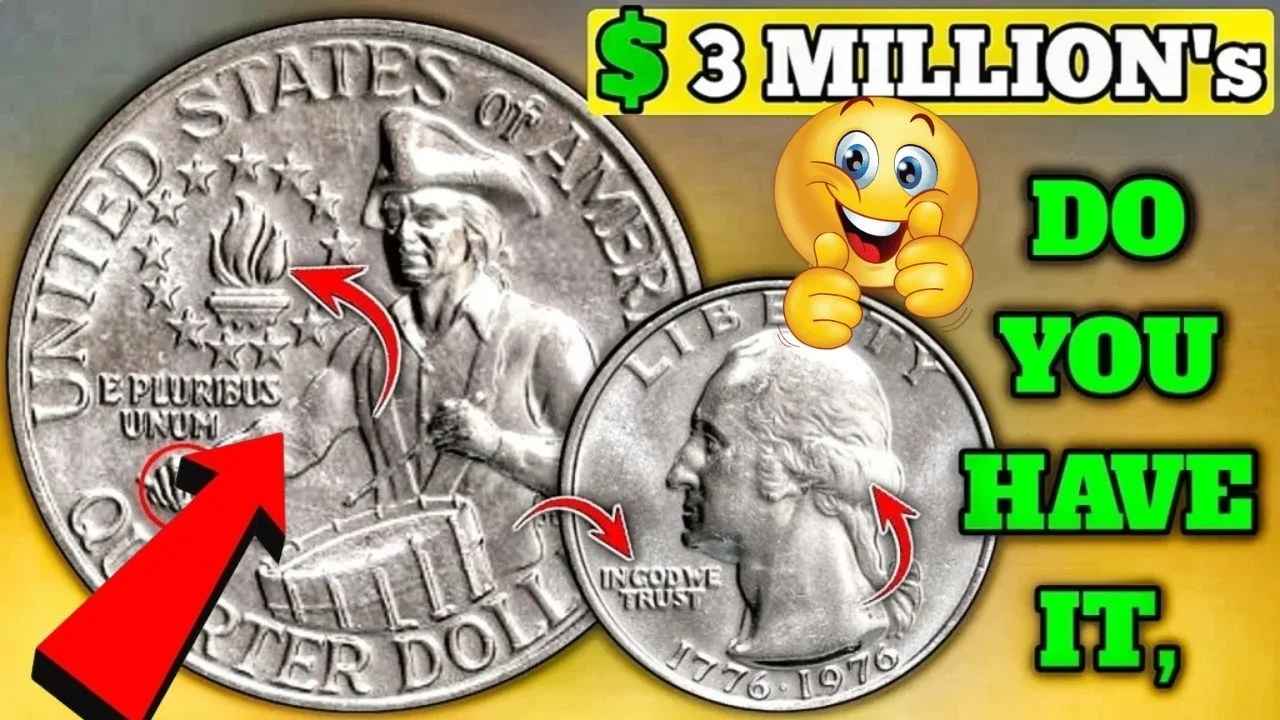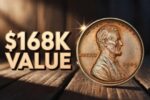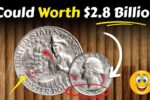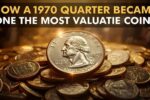In 1976, the United States Mint released a special quarter to commemorate the nation’s 200th anniversary. This coin, famously known as the Bicentennial Quarter, features a striking design that sets it apart from regular quarters. While millions were minted, only a handful of these coins are considered extremely rare and some collectors are willing to pay millions of dollars for the most coveted versions.
What Makes the Bicentennial Quarter Unique?
Unlike typical quarters that show an eagle on the back, the Bicentennial Quarter showcases a patriotic motif: a colonial drummer alongside a victory torch, encircled by thirteen stars. This design was specially created to honor America’s bicentennial and appears exclusively on coins dated 1776–1976. Although most of these quarters are common, a few rare variants, particularly those with minting errors or unusual features, have become legendary among coin collectors.
How to Spot the Most Valuable Bicentennial Quarters
The rarest Bicentennial Quarters often have unique characteristics or are composed of precious metals. Some were struck in 40% silver instead of the usual copper-nickel mix, while others feature doubled lettering or minor die errors. These details can be incredibly subtle, so careful examination under a magnifying glass or consultation with a professional may be necessary. Coins in pristine “proof” or “uncirculated” condition typically command the highest prices.
Why Collectors Are Paying Top Dollar
Collectors, or numismatists, value coins for their rarity, condition, and historical significance. A Bicentennial Quarter that checks all three boxes especially if it’s silver or has an unusual error can fetch astonishing sums. Because only a few exist, competition among collectors drives prices even higher. Owning one is like holding a rare piece of American history that few people have.
Tips for Checking Your Change at Home
Before tossing your quarters, take a moment to inspect any coins dated 1776–1976. Look carefully under good lighting for unusual features, including mirror-like surfaces, sharp details, or minting errors. Even if your quarter isn’t worth millions, a well-preserved coin can still be valuable to collectors.
Key Features of a Potentially Valuable Bicentennial Quarter
| Feature | Why It Matters |
|---|---|
| Silver Content | Rare 40% silver coins are highly prized |
| Mint Errors | Misstrikes, doubled letters, and misalignments add value |
| Proof Finish | Mirror-like coins are rare and desirable |
| Uncirculated Condition | Pristine coins are worth significantly more |
| Unique Markings | Missing letters or other variations increase collectibility |
Frequently Asked Questions
How can I tell if my Bicentennial Quarter is silver?
Look at the edge: silver versions lack the copper stripe found in standard quarters. Weighing the coin can also help silver coins are slightly heavier than their copper-nickel counterparts.
Are all Bicentennial Quarters valuable?
No. The majority are worth just 25 cents. Only rare coins those with errors, silver content, or mint condition hold significant value.
Should I have my quarter professionally appraised?
Yes. If you believe your coin is rare or in exceptional condition, a professional appraisal will confirm its authenticity and value.
Is it possible to find a rare Bicentennial Quarter in my change?
It’s unlikely but not impossible. Most high-value coins are already in collections, but a careful check never hurts.




